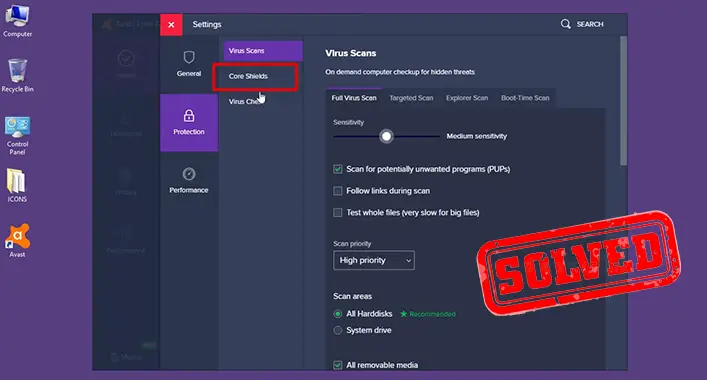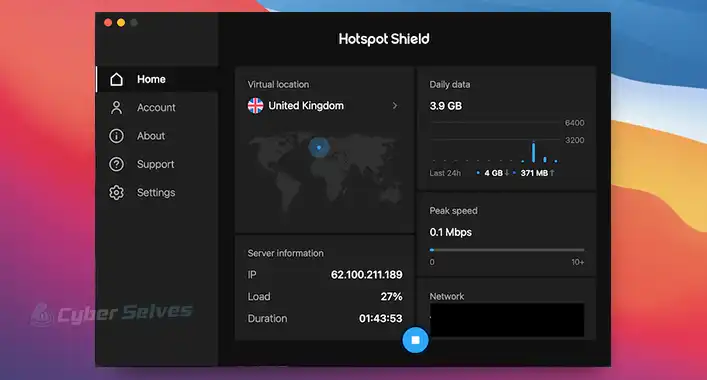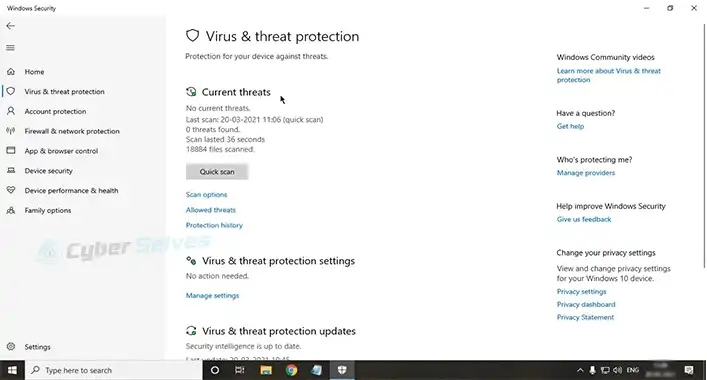Cyber Security Risks in Social Media Apps
Social media apps have become integral to personal and professional communication, transforming how information is shared and digested. Yet, this convenience and connectivity come with inherent cybersecurity risks. Cybercriminals are increasingly exploiting social media platforms to conduct fraudulent activities, including phishing, identity theft, and the dissemination of malware. As billions of people worldwide engage on these platforms, the potential for security breaches grows, requiring users and organizations to be vigilant and proactive in safeguarding their digital presence.

Understanding Social Media Risks
Social media platforms have become ubiquitous in modern communication, yet they have also introduced a host of cybersecurity concerns. Users and organizations must navigate various types of attacks and privacy challenges to protect their personal information.
Types of Social Media Attacks
Phishing Attempts: Attackers often use social media to trick users into providing sensitive information. These can take the form of direct messages or posts that appear legitimate but contain malicious links leading to fake login pages designed to harvest credentials.
Malware Distribution: Compromised accounts or malicious ads can spread malware. This software can lead to data theft or further compromise a user’s network.
Account Takeover: Cybercriminals may hack into social media accounts to send harmful links to the victim’s contacts, amplifying the attack’s reach.
Social Engineering: Utilizing personal information available on social networks, attackers can create tailored attacks that seem highly credible, leading to security breaches.
Privacy and Data Security Challenges
Weak Privacy Settings: Users may unwittingly expose personal information due to inadequate privacy settings, increasing their vulnerability to identity theft and other forms of cyber exploitation.
Data Breaches: Social media companies themselves are targets for cyberattacks, leading to large-scale data breaches that can compromise users’ personal data.
Vulnerabilities in Software: Social media apps often have vulnerabilities that can be exploited to gain unauthorized access to user data. Patching these security holes is a continual process, making regular updates essential for protection.
Lack of User Awareness: Many users are not aware of the security measures available or how to use them, making education an important defense against social media security risks.
Common Cyber Threats in Social Media
Social media platforms have become a hotbed for cyber threats, resulting in substantial risks to user privacy and security. Herein, key security threats involve phishing schemes, the proliferation of malware, and the hijacking of user accounts, which collectively compromise both personal and business data integrity.
Phishing and Spear Phishing
Phishing attacks on social media manifest through deceptive messages aiming to trick users into divulging sensitive information, such as passwords or financial details. Spear phishing represents a more targeted form of the attack, where hackers customize their approach to trap specific individuals or businesses. These scams often leverage fake accounts and social engineering techniques to gain the trust of victims.
In the context of these threats, one way users can protect themselves is by using tools that allow them to securely download Instagram video. This capability can be instrumental in preserving evidence of phishing attempts or other malicious activities for further analysis and reporting. Having a record of such interactions can aid in cybersecurity efforts and provide tangible proof for investigation purposes. Moreover, the ability to analyze downloaded content offline adds an extra layer of security by minimizing direct interaction with potentially harmful links or accounts.
Malware and Ransomware Incidents
Malware includes viruses and other malicious software disguised within seemingly harmless content. Social media users encounter malware attacks through links and files shared across networks, potentially leading to data breaches and system damage. Ransomware is a malicious program that locks data until a ransom is paid. Such incidents are especially damaging when they infiltrate business networks via employee social media use.
Account Takeover and Identity Theft
Account takeover occurs when hackers gain unauthorized access to social media accounts, often through exposed or weak passwords. Attackers can then engage in identity theft, impersonating an individual or entity to commit fraud. The repercussions extend beyond personal data loss, as compromised business social media accounts can lead to financial loss and tarnished reputations.
Protective Measures and Best Practices
To combat the pervasive cybersecurity risks in social media apps, it is essential to adopt protective measures and integrate best practices consistently across all levels of social media interaction.
Implementing Strong Authentication
Multi-factor Authentication (MFA) and Two-factor Authentication (2FA) are critical for enhancing account security. They require users to provide at least two forms of identification before gaining access to their social media accounts. This typically involves something they know (a password), something they have (a mobile device), or something they are (biometric data). Strong passwords—which include a mix of letters, numbers, and symbols—are also vital and should be updated regularly to thwart unauthorized access.
Educating Users on Security
An informed user base is the strongest defense against phishing attacks and data breaches. Education initiatives should focus on recognizing suspicious activities, such as unsolicited messages or unknown links attempting to solicit personal information. Users should be aware of common tactics used in phishing attacks, the importance of not oversharing on social media platforms, and how to properly set privacy settings to limit exposure of sensitive data.
Developing Robust Security Policies
Creating a comprehensive social media policy is a proactive step an organization can take to manage social media security risks effectively. The policy should cover how employees use social media, define acceptable behavior, and detail the process of responding to a security incident. It should also address the management of security questions and the monitoring for data mining activities. Strong security policies confirm that only authorized personnel have access to social media accounts and that such access is immediately revoked if it’s no longer required.




